Can I Install a Kitchen Sink Waste Disposal Myself?
In a world where DIY projects are gaining popularity, many homeowners wonder if they can tackle the installation of a Waste disposal themselves. Installing a Waste disposal can be a great addition to your kitchen, making it more efficient and environmentally friendly. In this article, we will guide you through the process, providing you with step-by-step instructions and insights to determine if you’re up for the task.
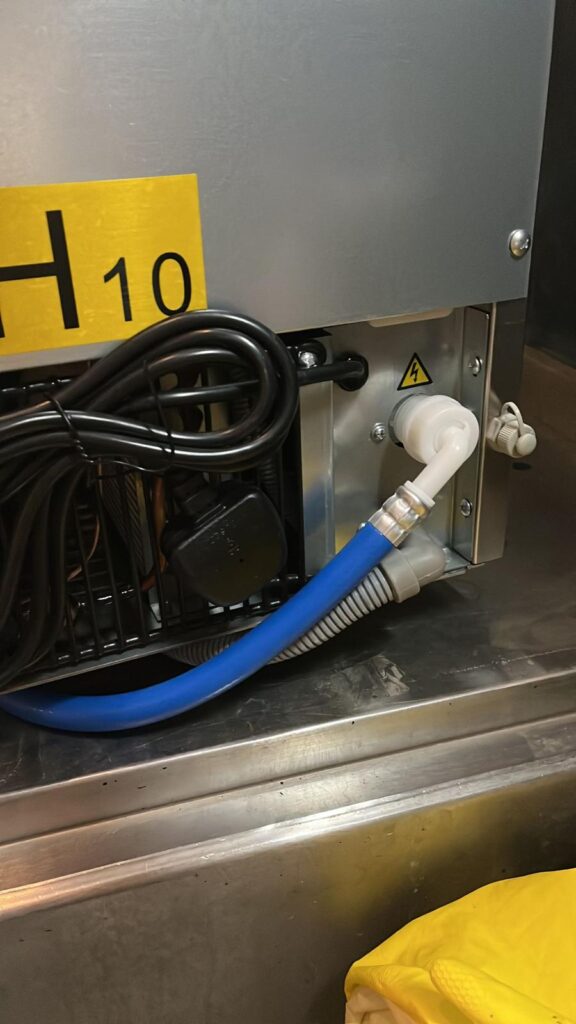
Waste Disposal for Your Kitchen Sink
What is a Waste Disposal Unit?
A waste disposal unit, or garbage disposal, is a device installed under the kitchen sink that grinds up food waste, allowing it to be flushed down the drain.
Benefits of Having a Waste Disposal
- Reduces kitchen waste
- Prevents clogs
- Easy to use
Types of Waste Disposals
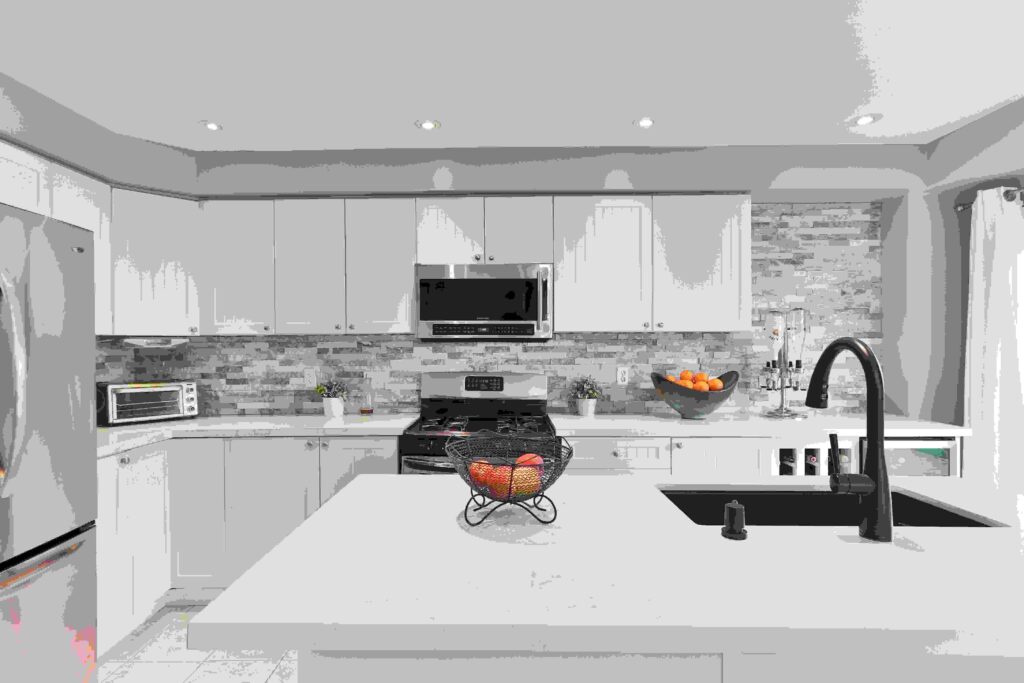
Waste disposals come in two main types: continuous feed and batch feed.
- Continuous Feed: Continuous feed disposals are the most common type. They operate by turning on with a switch, allowing you to add food waste while it’s running.
- Batch Feed: Batch feed disposals are less common but offer added safety. They require a stopper to be in place before they can be turned on, reducing the risk of accidental injury.
How Waste Disposals Work
Waste disposals use sharp blades to shred food waste into small particles, which are then flushed down the drain. This helps prevent clogs in your plumbing and reduces the amount of organic waste in landfills.
How to Use a Waste Disposal Properly
- Run Cold Water: Always use cold water when operating the disposal.
- Gradually Feed Waste: Avoid overloading the disposal with too much waste at once.
- Avoid Certain Items: Do not dispose of fibrous, starchy, or hard items like bones or coffee grounds.

Pre-Installation Preparations
- Tools and Materials: Before you start, gather the necessary tools and materials, including a screwdriver, pliers, wrench, and the Waste disposal unit itself. Ensure you have the required plumbing fittings and electrical wiring.
- Safety Precautions: Safety is paramount. Make sure to turn off the power supply to the disposal unit before working on it. Always wear safety goggles and gloves to protect yourself from any accidents.
Step-by-Step Installation Guide
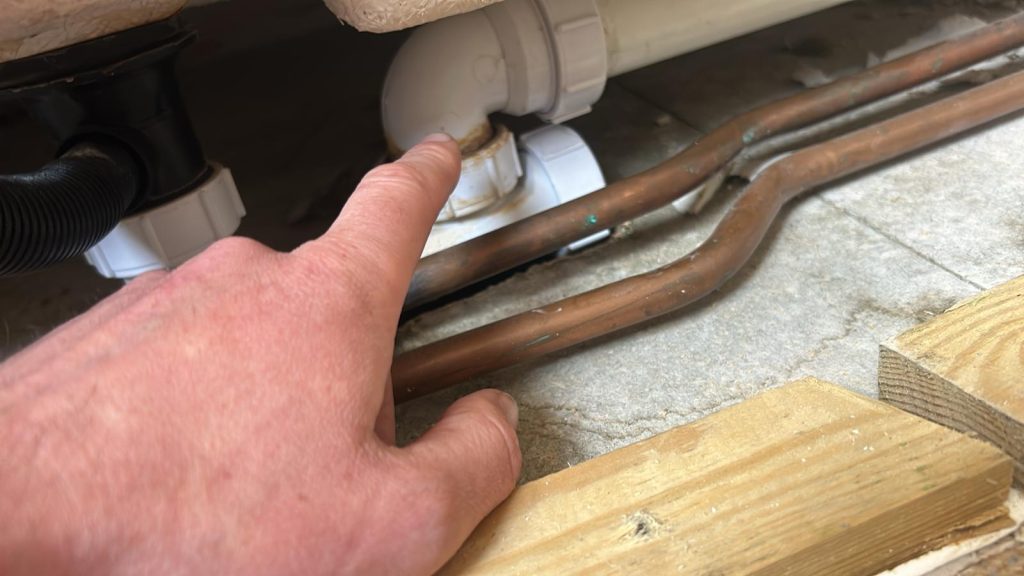
- Shut Off the Power
- Before you begin, locate the circuit breaker or fuse box and turn off the power supply to the Waste disposal.
- Disconnect the Old Disposal
- If you have an existing disposal, disconnect it by removing the mounting ring and drain flange.
- Remove the Sink Drain
- Remove the sink’s drain pipe, P-trap, and any associated plumbing.
- Mounting the New Waste Disposal
- Follow the manufacturer’s instructions to mount the new disposal unit securely to the sink’s mounting assembly.
- Connecting the Wiring
- Connect the electrical wiring according to the disposal unit’s manual. It’s essential to follow all safety guidelines during this step.
- Attaching the Drain Pipes
- Reconnect the drain pipes and P-trap, ensuring they are watertight.
- Testing the Installation
- Turn the power back on and run water through the disposal to test for leaks and proper functionality.
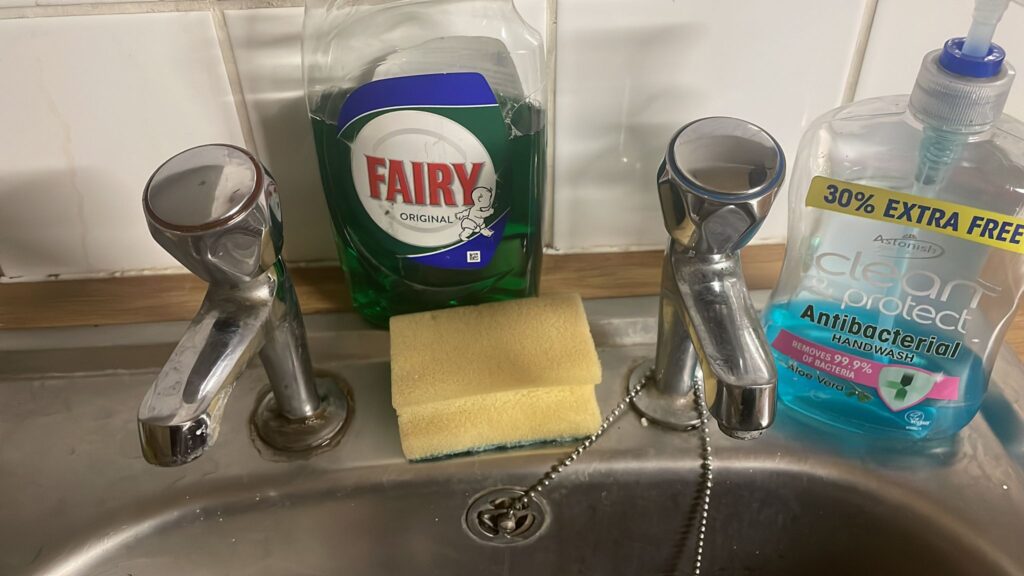
Maintenance and Troubleshooting
Tips for Keeping Your Waste Disposal in Good Shape
- Run cold water while using the disposal.
- Avoid putting hard materials like bones and fibrous foods down the disposal.
- Regularly clean the disposal with ice cubes and citrus peels to remove odors.
Common Issues and Solutions
- If the disposal jams, use the reset button or an Allen wrench to free the blades.
- For leaks, tighten connections or replace damaged parts as needed.
Waste Disposal Leaks

Identifying a Leak
- Water pooling under the sink
- Dripping sounds
- Wet spots around the disposal unit
Common Causes of Waste Disposal Leaks
- Loose connections
- Worn-out seals
- Cracks in the disposal unit
Repairing a Leaking Waste Disposal
- Tighten Connections: Use an adjustable wrench to tighten any loose connections.
- Replace Seals: If the seals are worn out, replace them.
- Inspect for Cracks: If the unit is cracked, it may need to be replaced.

Burst Waste Disposal Pipe
Signs of a Burst Pipe
- Sudden water leakage
- Low water pressure
- Visible cracks or splits in the pipe
Immediate Actions to Take
- Turn off the Water Supply: Immediately shut off the water supply to prevent further damage.
- Clean Up: Remove any standing water to prevent mold and mildew.
Repairing the Burst Pipe
- Temporary Fixes: Use pipe repair tape or a clamp as a temporary solution.
- Permanent Repair: Replace the damaged section of the pipe.
Can My Sink Block if I Have a Waste Disposal?
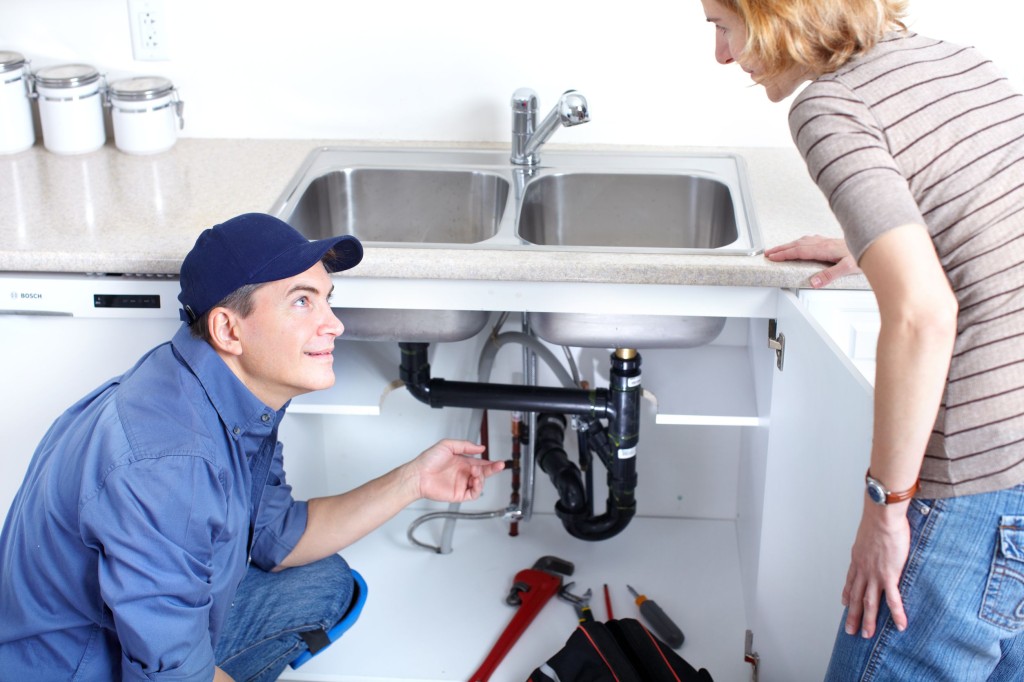
Understanding Blockages
Even with a waste disposal, blockages can occur if inappropriate items are put down the drain.
Preventing Sink Blockages
- Avoid disposing of grease and oils
- Regularly run hot water and dish soap through the disposal
- Use a sink strainer to catch large debris
What to Do if Your Sink is Blocked
- Use a Plunger: Try plunging the sink to dislodge the blockage.
- Check the Trap: Remove and clean the P-trap under the sink.
- Use a Drain Snake: If the blockage is further down, use a drain snake to clear it.
What Happens to My Waste Disposal if I Have a Blocked Internal Pipe?

Impact of Blockages on Waste Disposal
A blocked internal pipe can cause the disposal to back up, leading to potential leaks and reduced functionality.
How to Clear Blocked Internal Pipes
- Use a Plunger: Attempt to clear the blockage with a plunger.
- Use a Drain Snake: Insert a drain snake into the pipe to remove the blockage.
- Call a Professional: If the blockage persists, it may be best to call a plumber.
Benefits of DIY Installation
Cost Savings
One of the primary advantages of DIY installation is cost savings. You won’t need to hire a professional Bristol plumber, which can be expensive.
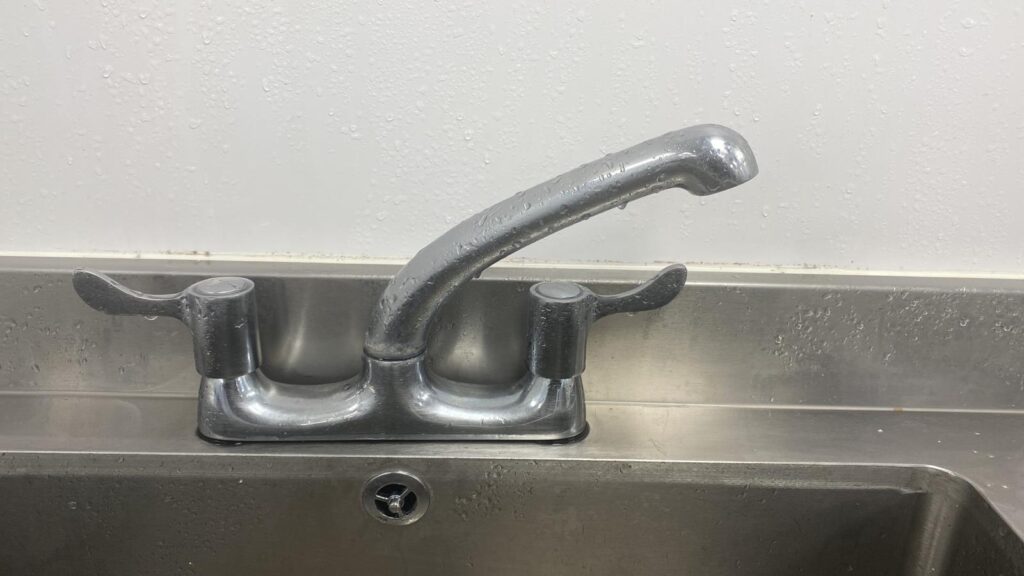
Sense of Accomplishment
Completing a DIY project can provide a sense of accomplishment and satisfaction in knowing you’ve improved your home.
Installing a waste disposal yourself is entirely possible if you have the right tools, plumber materials, and follow safety precautions. It can save you money and give you a sense of achievement. However, if you’re not comfortable with electrical or plumbing work, it’s wise to consult a professional. Remember to maintain your disposal properly to extend its lifespan.
Can Waste Disposal Be in the Way When Plumbing in a Dishwasher?
Integrating Waste Disposal with Dishwasher Plumbing
- Modern kitchens often combine dishwashers with waste disposals to streamline waste management.
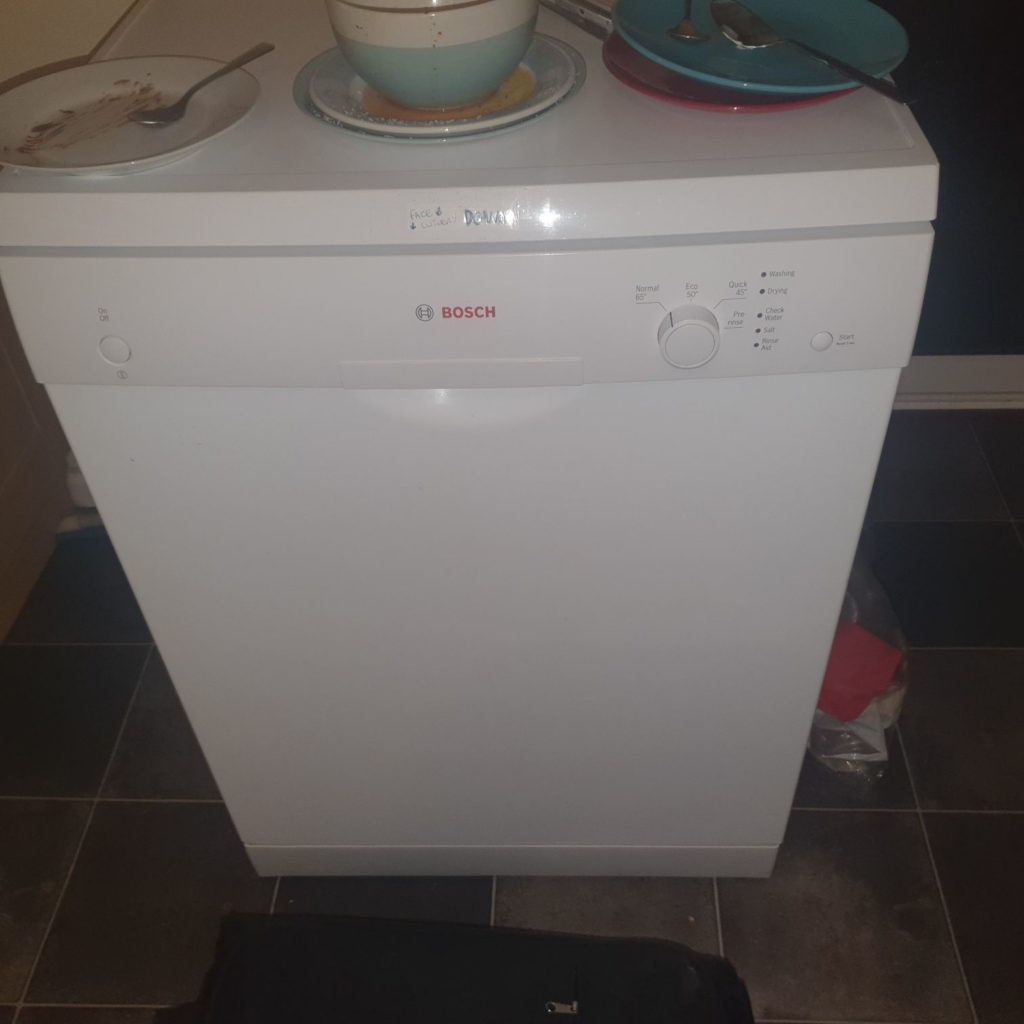
Potential Issues and Solutions
- Space Constraints: Ensure there is enough space under the sink for both units.
- Proper Connections: Use the correct fittings to connect the dishwasher drain hose to the waste disposal.
Waste Disposal Pipe Repairs
Common Pipe Issues
- Leaks
- Clogs
- Corrosion
DIY Pipe Repair Techniques
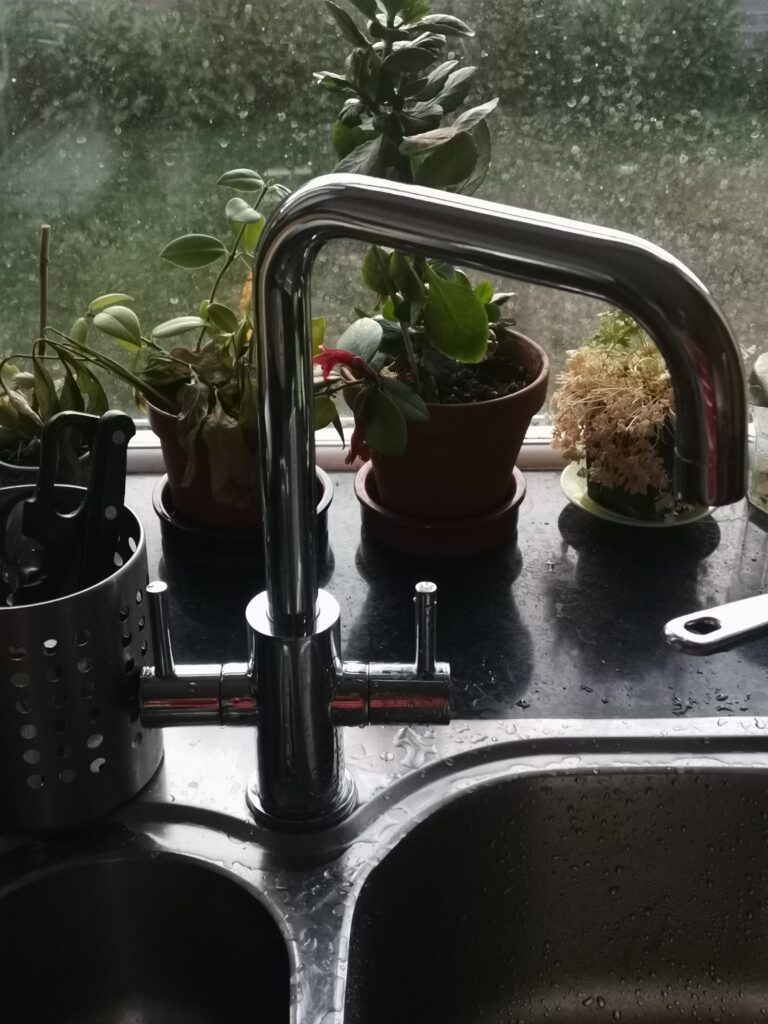
- Patch Small Leaks: Use pipe repair tape or epoxy putty for minor leaks.
- Clear Clogs: Use a drain snake or plunger to clear clogs.
- Replace Corroded Sections: If a pipe is heavily corroded, replace the affected section.
When to Call a Professional
- Persistent leaks
- Major clogs
- Extensive corrosion
Frequently Asked Questions
How long does it take to install a waste disposal?
The time required for installation varies but typically takes a few hours for those familiar with DIY projects.
Can I install a waste disposal if I’m not a handy person?
While it’s possible, it’s recommended to have some DIY experience or consult a professional for a seamless installation. If you’re comfortable with basic plumbing tasks, you can install a waste disposal yourself. However, if you’re unsure, it’s safer to hire a professional.

Read how to replace a showerhead.
Can I use chemical cleaners in my waste disposal?
It’s best to avoid chemical cleaners as they can damage the disposal’s components. Use natural cleaners like vinegar and baking soda instead.
Are there any warranties for DIY-installed waste disposals?
Most manufacturers offer warranties for their products, whether professionally or DIY-installed. Check the specific warranty terms for details.
What should I do if my waste disposal gets jammed?
Use the reset button or an Allen wrench to unjam the disposal. If the issue persists, consult the user manual or a professional.
Can I install a waste disposal in any type of sink?
Most sinks can accommodate waste disposals, but it’s essential to check compatibility and make any necessary adjustments during installation.
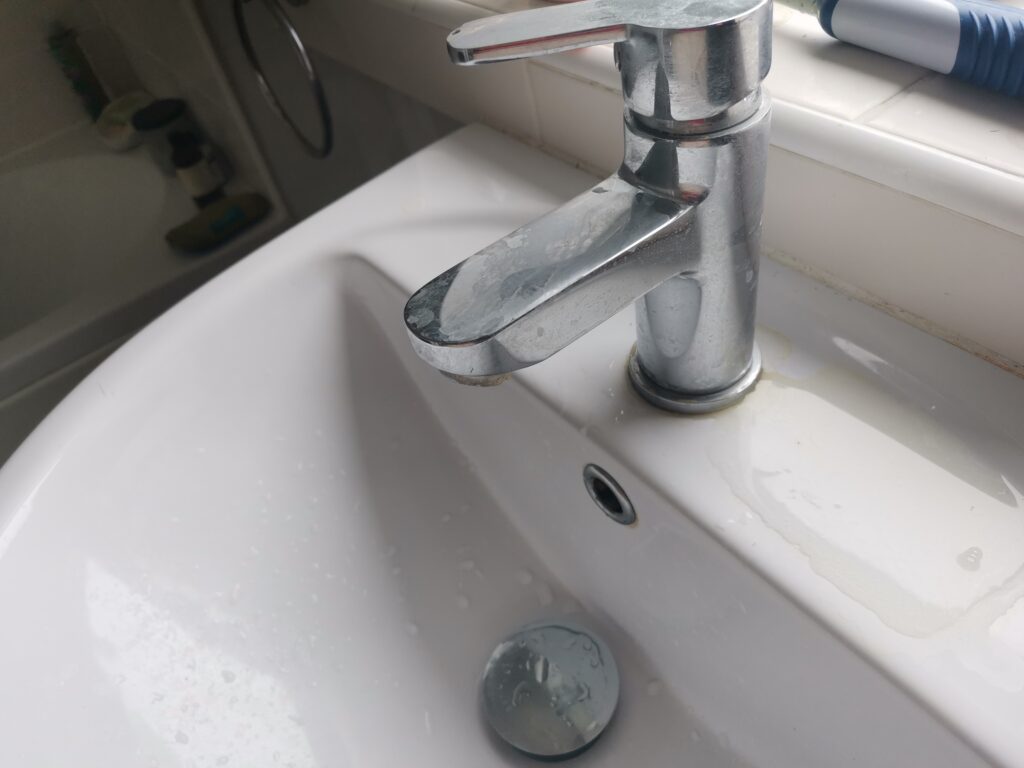
What should I do if my waste disposal makes a strange noise?
Turn off the disposal immediately and inspect for any lodged debris. If the noise persists, it may indicate a mechanical issue that needs professional attention.
Now that you have the knowledge and guidance, you can decide whether to embark on the journey of installing a waste disposal yourself. Remember to prioritize safety and follow the manufacturer’s instructions for the best results. Happy DIYing!
